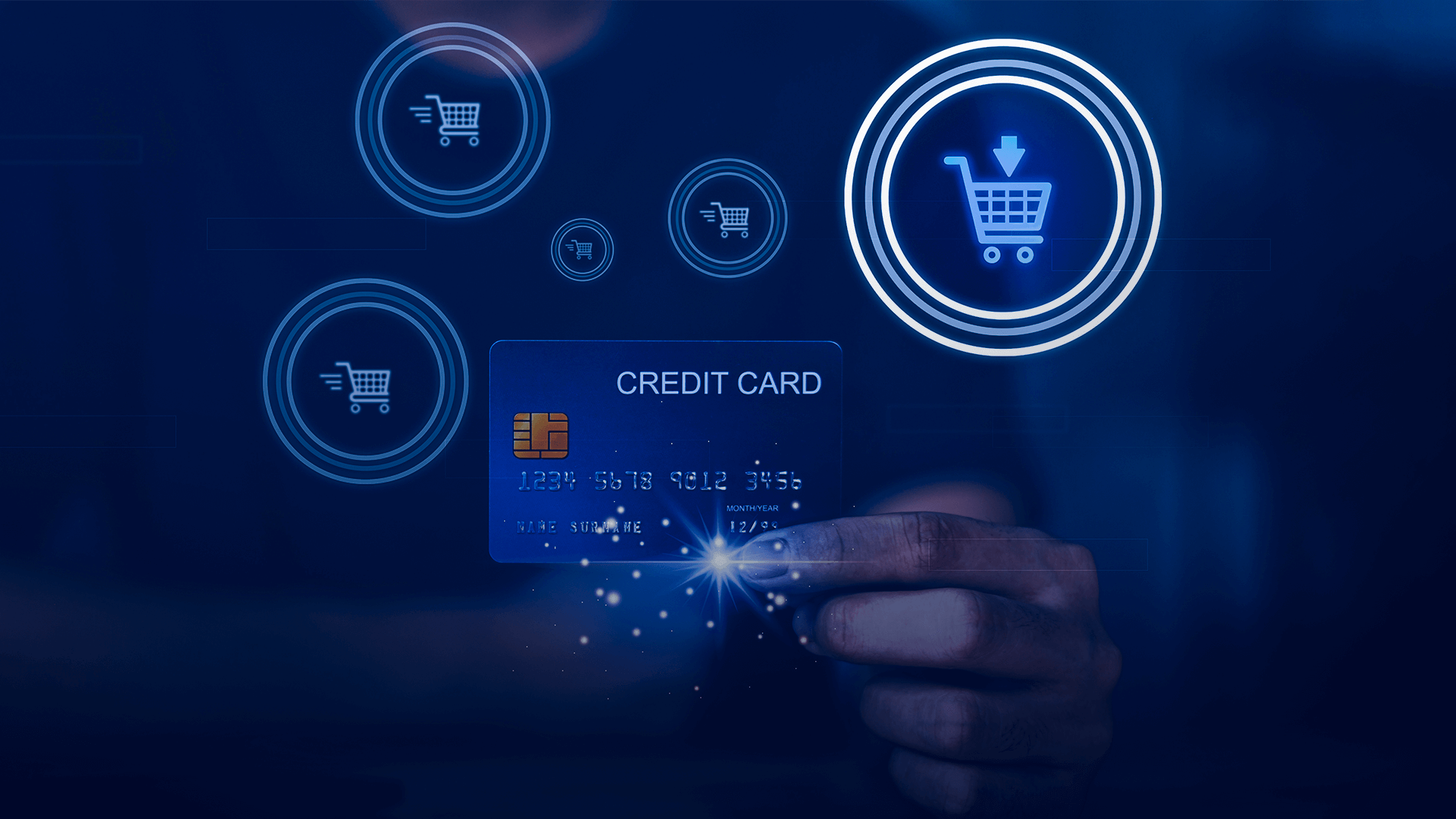Speed and integration are key to streamlining payment processes and improving the user experience. Among recent innovations in the financial sector, embedded payments have emerged as a standout solution. This technology allows companies to integrate payment capabilities directly into platforms and applications that were not originally designed for financial purposes. As a result, it enables smoother and more seamless transactions, simplifying the customer journey while delivering significant operational benefits for businesses.
In this article, we’ll look at what embedded payments are, their benefits, practical applications, and best practices for effective implementation.
What are embedded payments and how do they work?
Embedded payments are solutions that integrate payment functionality directly into the platforms and software of non-financial businesses. This allows transactions to take place natively within these platforms, rather than redirecting users to external environments. This approach makes the payment process more intuitive and efficient, benefiting both businesses and customers.
This integration is made possible by payment APIs that connect the company’s system to payment providers. This means that customers only need to enter their payment details once, and future transactions are processed automatically, without interrupting the shopping flow.
Why are embedded payments essential in today’s market?
Embedded payments have become a key differentiator for businesses looking to offer a more streamlined and efficient payment process. Here are some of their key benefits:
1. Simplified payment process
Integrating payments directly into the platform where the customer is already interacting eliminates the need to redirect them to external portals. This makes the buying experience simpler and more direct, especially in industries such as e-commerce and marketplaces, where any extra step can lead to basket abandonment. With options such as one-click payment, the checkout process becomes faster, reducing friction in the consumer journey.
2. Increased sales and customer retention
A payment process with fewer steps increases the likelihood that customers will complete their purchase. According to a study by McKinsey, the digital payments sector, including embedded payment solutions, saw an 11% increase in global revenues. This growth has been largely driven by the adoption of instant payments and digital wallets, particularly in emerging markets such as Brazil and Nigeria, where consumers have moved quickly to digital options. By simplifying the payment experience, businesses can improve conversion rates and foster customer loyalty by encouraging repeat purchases in a familiar environment.
3. Cost reduction and operational efficiency
Reducing reliance on traditional payment intermediaries can reduce operational costs. With embedded payments, businesses can negotiate terms directly with technology providers, resulting in more attractive processing rates. In addition, automating payment flows reduces manual effort, minimizes errors, and optimizes financial control processes. In 2023, B2B embedded payments will be a key focus as many companies seek solutions that integrate payments directly into their business processes, increasing the security and speed of business-to-business transactions.
4. Adapting to market needs with open finance
The rise of open finance has also been a key driver for the expansion of embedded payments. This concept allows consumers to securely share their financial data across different institutions, enabling the creation of even more tailored and integrated payment solutions. This approach helps businesses adapt to changing consumer preferences and quickly incorporate new payment methods, such as digital wallets and instant transfers.
Practical applications of embedded payments
Embedded payments are highly versatile and can be applied across multiple industries, providing an enhanced experience and a more integrated operation. Here are some examples of how this technology is being used:
E-commerce and marketplaces
In e-commerce, embedded payments help remove barriers at the point of purchase, reducing the need for redirects to external payment portals. This helps reduce shopping cart abandonment rates and improves the overall shopping experience. In marketplaces, the ability to automatically split payments between different sellers simplifies payment managemtent and streamlines cash flows.
Digital banks and fintech
Embedded payments are a game changer for digital banks and fintechs looking to offer new services to their customers, such as instant transfers and contactless payments. Integrating these capabilities directly into banking apps allows users to complete transactions without leaving the bank’s digital environment, providing a more integrated and less cumbersome experience.
Business management solutions
Business management software, such as ERPs and accounting platforms, also benefit from embedded payments by enabling companies to automate tasks such as paying suppliers and invoicing customers. This integration streamlines financial management and improves transaction accuracy, freeing up time for teams to focus on more strategic and high-value activities.
Embedded payments opportunities and trends
The growth prospects for embedded payments in the coming years are promising. Studies suggest that by 2030, most digital transactions will take place on non-financial platforms, reflecting a growing consumer preference for more intuitive and faster solutions. In addition, the adoption of technologies such as open finance is expected to make payment experiences even more personalized and better suited to consumers’ specific needs.
The expansion of corporate-fintech partnerships is another factor driving this transformation, allowing companies from different sectors to offer payment capabilities directly and seamlessly. This not only improves the user experience but also provides valuable insights into customer behavior that can be used to refine go-to-market strategies.
Transform your organization’s payment experience
Embedded payments represent a significant shift in the way businesses process transactions, offering users a more integrated and direct payment experience. By adopting this technology, businesses gain agility, simplify their internal operations, and create a more refined buying experience.
Want to learn more about how embedded payments can transform your customers’ buying journey and optimize your business operations? Fill out our form and our team will be in touch to show you how our solutions can be tailored to meet the specific needs of your business.











